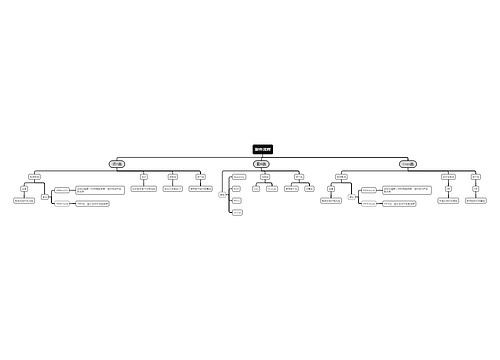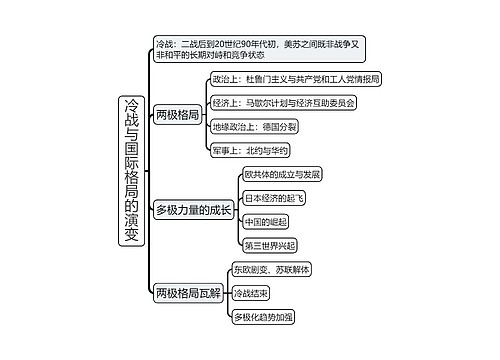小学六年级英语上册Unit 1 How can I get there课堂笔记 思维导图
周易小小苏
2023-04-06

小学六年级英语上册Unit 1 How can I get there课堂笔记
树图思维导图提供《小学六年级英语上册Unit 1 How can I get there课堂笔记 》在线思维导图免费制作,点击“编辑”按钮,可对《小学六年级英语上册Unit 1 How can I get there课堂笔记 》进行在线思维导图编辑,本思维导图属于思维导图模板主题,文件编号是:7341e0162f94599c7e4833d803515efe
思维导图大纲
相关思维导图模版
小学六年级英语上册Unit 3 My weekend plan课堂笔记思维导图
 周易小小苏
周易小小苏树图思维导图提供《小学六年级英语上册Unit 3 My weekend plan课堂笔记》在线思维导图免费制作,点击“编辑”按钮,可对《小学六年级英语上册Unit 3 My weekend plan课堂笔记》进行在线思维导图编辑,本思维导图属于思维导图模板主题,文件编号是:e09c3a1f0ccb6bf0bbd6a63c6ea76f05

小学六年级英语上册Unit 2 Ways to go to school课堂笔记思维导图
 周易小小苏
周易小小苏树图思维导图提供《小学六年级英语上册Unit 2 Ways to go to school课堂笔记》在线思维导图免费制作,点击“编辑”按钮,可对《小学六年级英语上册Unit 2 Ways to go to school课堂笔记》进行在线思维导图编辑,本思维导图属于思维导图模板主题,文件编号是:9093f4a6e19df2a0bf233c7c9c6841ec












